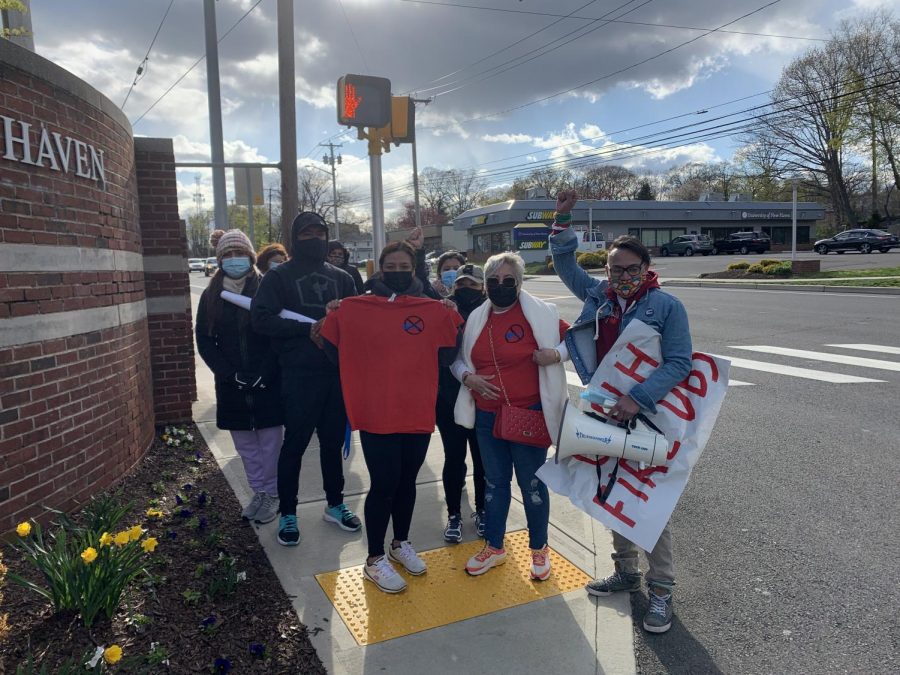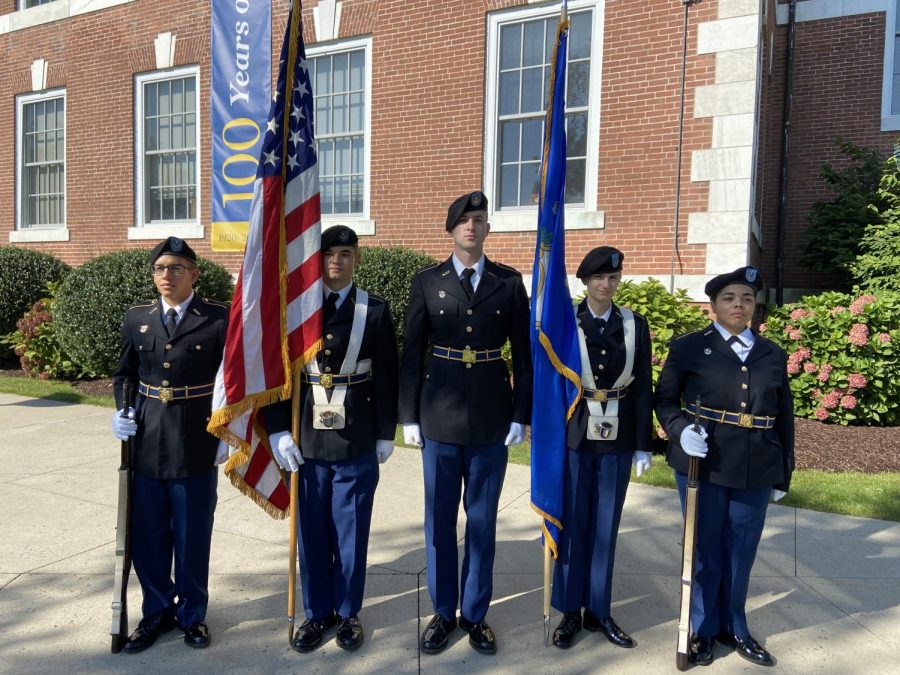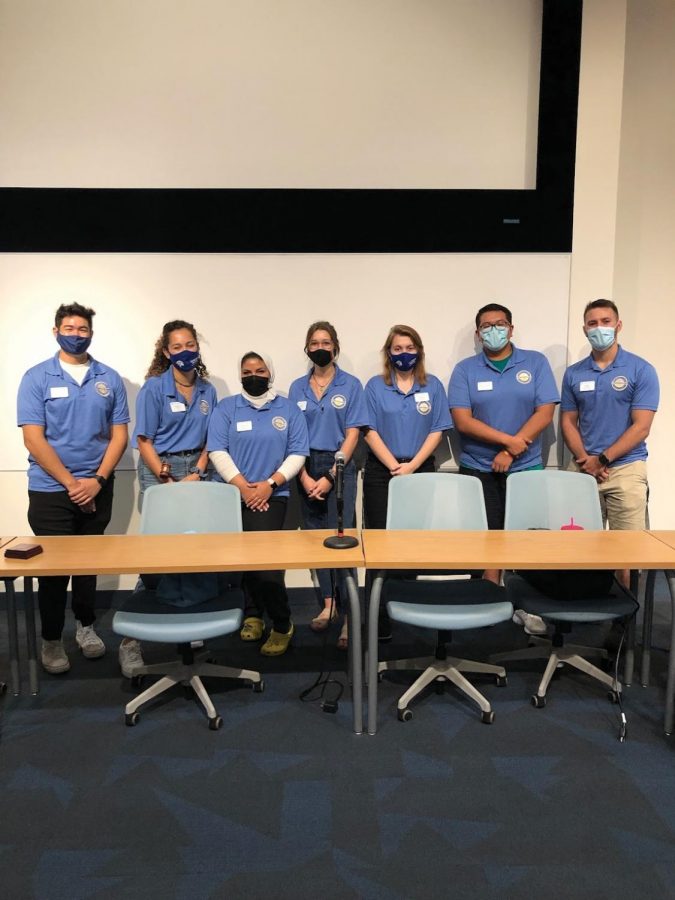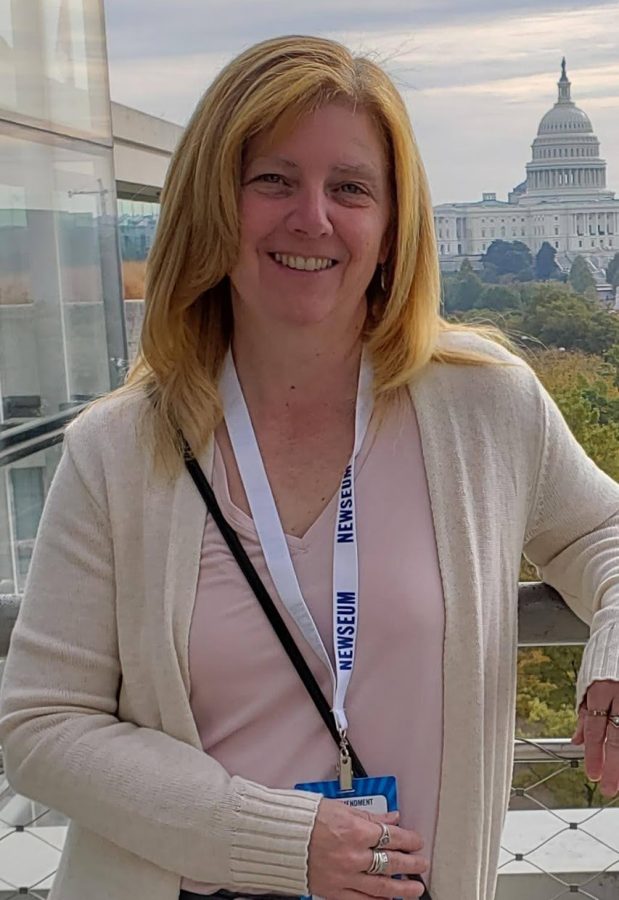The Seton Art Gallery’s final exhibit of the year explores the ways humans interact with nature and was born out of a sense of awe about the natural world. Also notable, however, is that the exhibit is curated by UNH students. The Earth is Not a Cold Dead Place is an exhibit of works that examine views of nature as it reveals itself to humans, possibly revealing something about human nature in the process.
Students Laura Cote, Bridget Mcclellan, David Schultz, Brianne Stoehr, Katherine Szabo, and Bonnie Trepanier share a concern about the destructive impact of the interaction of humans and nature. Since September 2010, they have gone to numerous galleries in the New Haven area. Each student picked one or two artists that they liked and found a common theme among the works of those artists. The artists whose works compose The Earth is Not a Cold Dead Place are Liz Antle, Lindsay Behrens, Paul Daukas Jr., Anne Doris-Eisner, Barbara Harder, Ann Langdon, Thomas Stavovy, and Matthew Weber.
Liz Antle is an artist, writer, and teacher from New Haven. Her works in The Earth is Not a Cold Dead Place consist of linoleum prints on bark with polyurethane. The prints themselves, such as “Undergrowth III” (2009) from Antle’s “Undergrowth” series, display such images as telephone poles rooted to the ground with tree roots, an extreme look at the future of nature with human influence.
Lindsay Behren’s works, such as “Forest” and the aptly-named “Abstract Landscape” are woodcuttings that display scenes of ambiguity and mystery. Paul Daukas Jr. is a printmaker and photographer in West Haven whose contribution to the exhibit is a series of etchings and intaglios, such as “Gardenia” (1991) and the “Napti” series (2007-10).
Anne Doris-Eisner’s acrylic works, including “In the Forest Primeval” (2009-10), display a frightening distortion of nature, possibly alluding to the effects of humanity’s efforts to utilize the landscape. Barbara Harder’s works in the exhibit, “J Topog C10” (2009) and “J Topog C26” (2011) are monotypes on paper that draw upon her knowledge of Asian style.
Ann Langdon’s “Frozen Zone IV” (1999) makes use of acrylic, enamel, and torn canvas to create a simple, yet vivid depiction of the frozen tundra marred by human exploration and exploitation. The etchings of Thomas Stavovy included in the exhibit, including “Time Traveler” (2009) “Immanence” (2007) and “Self-Form” (2004) present images in black & white that present themselves to many different interpretations.
The last artist in the exhibit, Matthew Weber, creates works that explore the interaction between the environment and architecture, such as with “Hollow Ring Trace” (2004), which takes the form of a tree stump hollowed in further at each tree-ring, but could easily be mistaken for a wooden model of an ancient coliseum, among other things.
The Earth is Not a Cold Dead Place
opened on Tuesday, March 29 in the Seton Art Gallery in Dodds. A reception was held on Thursday, March 31 from 5:00 p.m. – 7:00 p.m., where the curators and a few of the artists were available to answer questions. The exhibit will remain open until Friday, April 22. While it’s open, anyone may come in and view the works on display. Everyone is welcome and encouraged to visit the gallery and witness the results of not only the hard work of the artists, but that of the student curators as well.










